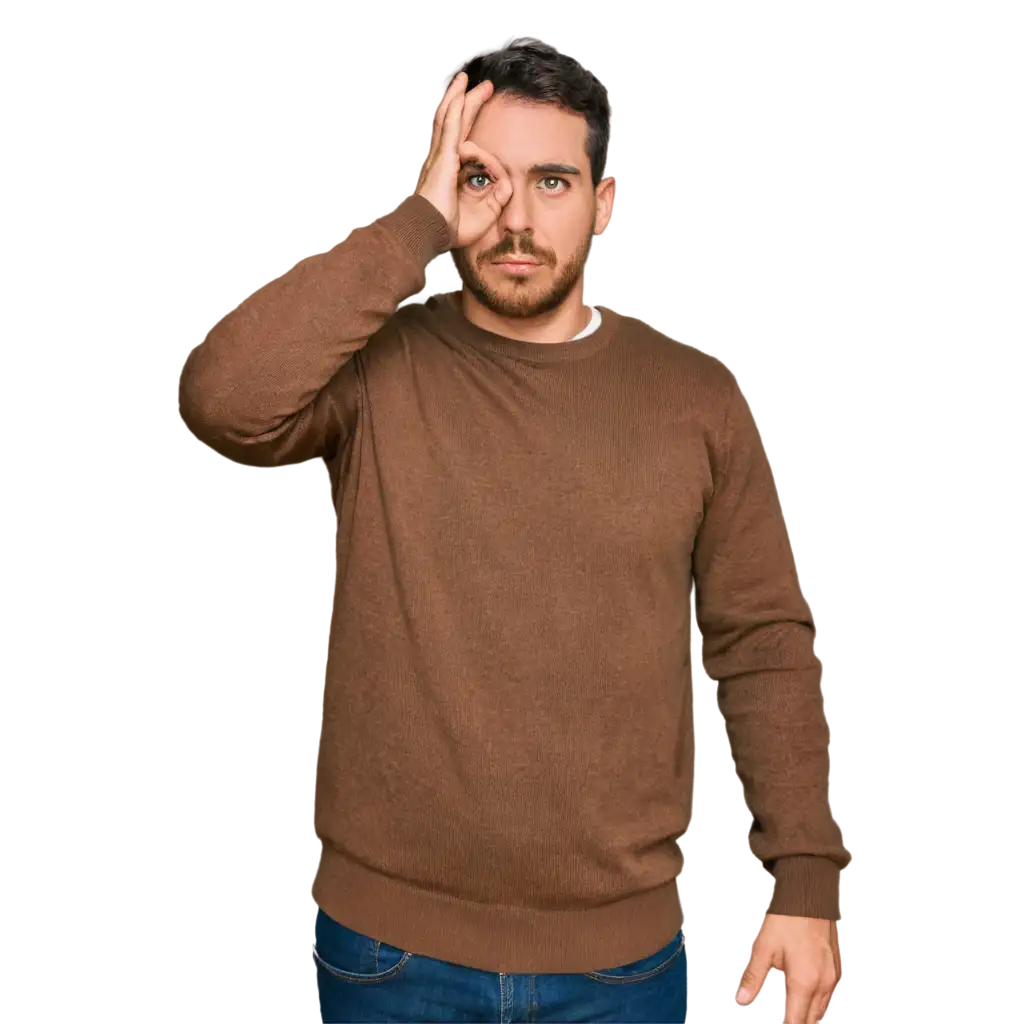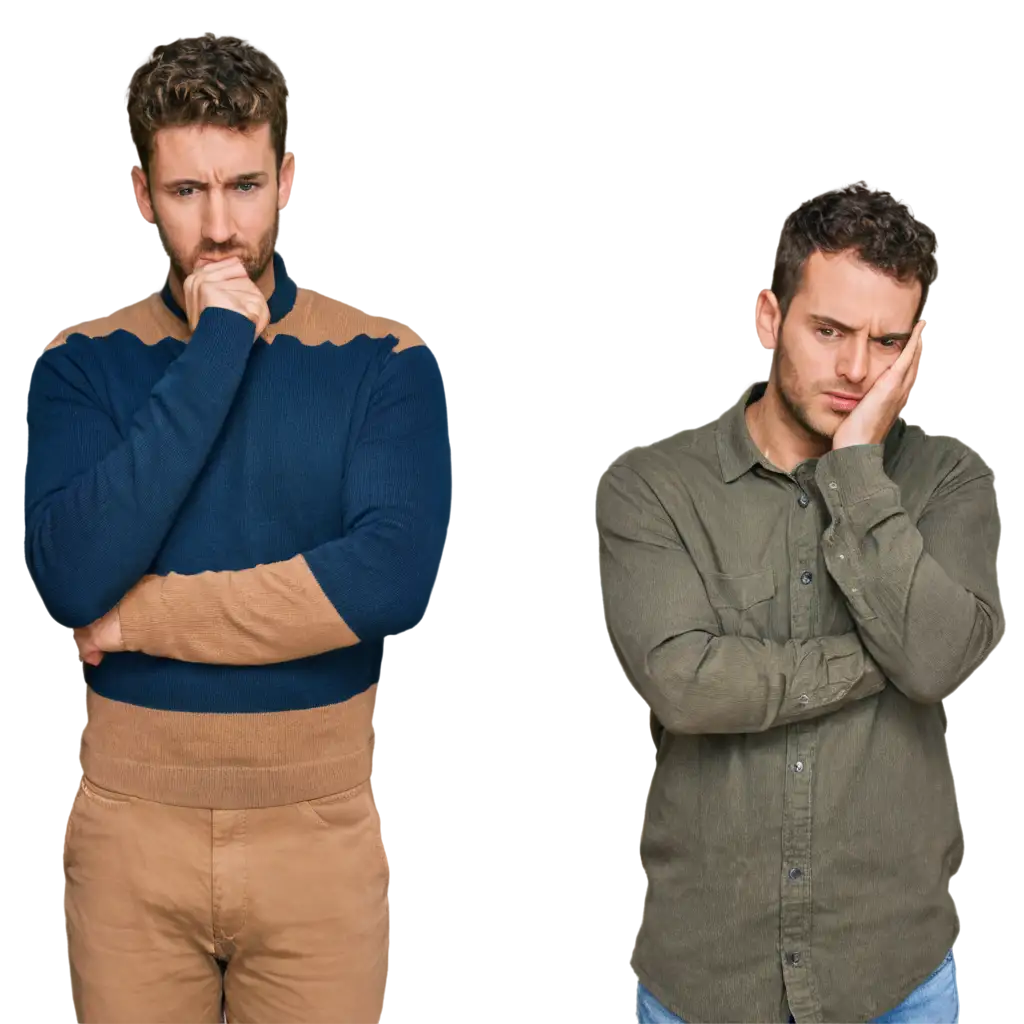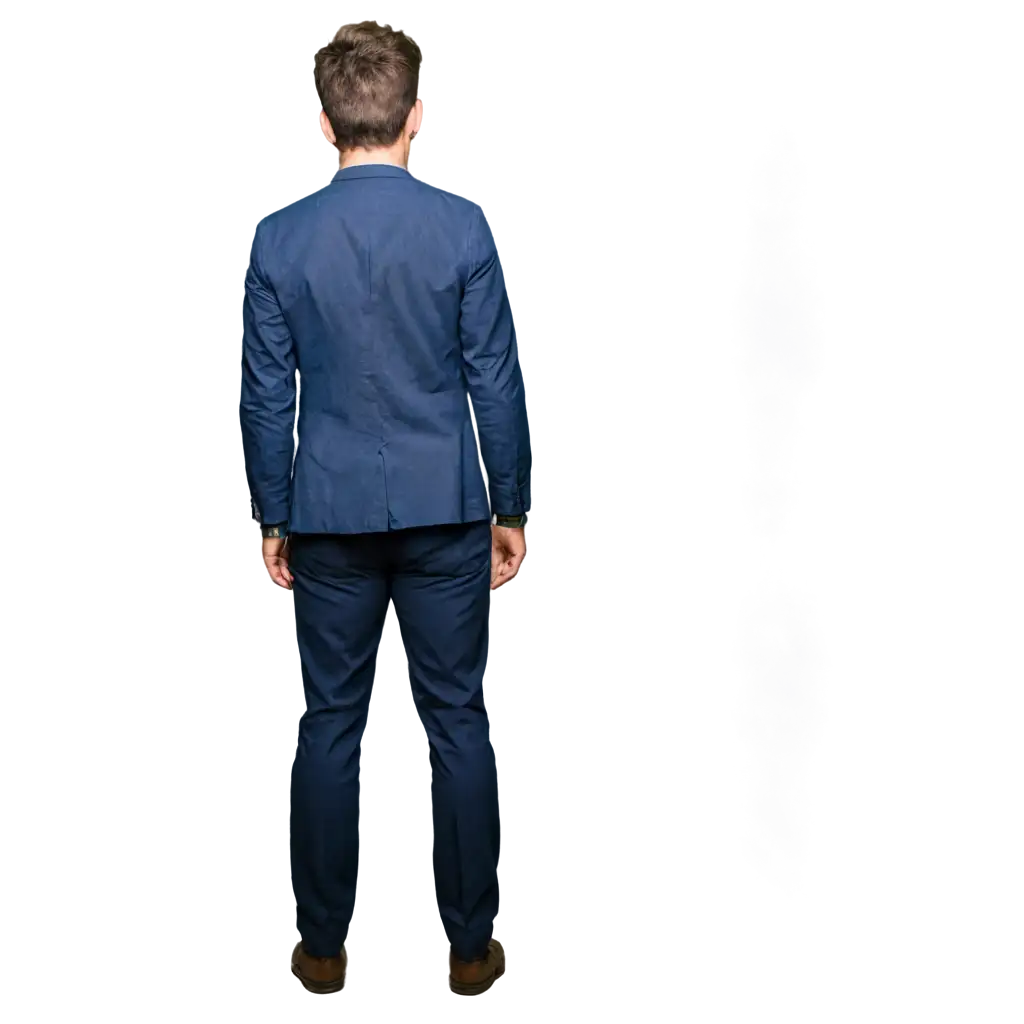11 Free Concern Photos transparent PNG images
Welcome to our Concern Photos collection, featuring 11 free AI-generated images that capture moments of empathy, worry, and human connection. Browse through our diverse array of stock photos, 3D objects, vectors, and illustrations depicting various expressions of concern in different contexts. All images are available in high resolution for free download. Want to customize an image? Simply click 'open in editor' on any image's detail page to adjust the prompt and regenerate your perfect version.











Related Tags
Concern photography focuses on capturing genuine moments of human worry, care, and emotional support. These images play a crucial role in healthcare communications, mental health awareness, and social advocacy campaigns. The genre encompasses various scenarios, from medical consultations and family support moments to workplace mentoring and environmental concerns. Through careful composition and emotional authenticity, concern photos help convey messages of support, understanding, and social responsibility while avoiding exploitation or sensationalism.
Understanding Concern Photography: Capturing Human Empathy
Concern photos serve diverse purposes across multiple sectors. In healthcare, they illustrate patient-doctor interactions and family support systems. Corporate settings use these images to demonstrate workplace wellness and professional mentoring. Social services utilize concern imagery to promote community support and outreach programs. The genre includes several sub-categories: medical concern (showing healthcare interactions), environmental concern (depicting climate activism and conservation), social concern (illustrating community support), and personal concern (capturing individual emotional moments). Each type requires careful consideration of ethical guidelines and cultural sensitivity.
Types and Applications of Concern-Related Imagery
The generation of authentic concern photos through AI requires careful attention to facial expressions, body language, and contextual elements. Key aspects include subtle facial features like furrowed brows and concerned eyes, supportive hand gestures, and appropriate physical proximity between subjects. Environmental elements such as medical settings, office spaces, or home environments must be carefully considered to maintain authenticity. Lighting plays a crucial role - soft, natural lighting often works best for creating a sense of empathy and emotional connection. When crafting prompts for AI generation, focus on descriptive emotional terms and specific situational contexts to achieve the most realistic results.
Creating Authentic Concern Photos with AI
The evolution of concern photography is being shaped by changing social awareness and technological capabilities. Emerging trends include more diverse representation in healthcare scenarios, increased focus on mental health support imagery, and growing demand for environmental concern visualization. AI-generated concern photos are becoming more sophisticated in capturing subtle emotional nuances and cultural sensitivities. The future points toward more inclusive representation, broader cultural contexts, and innovative applications in virtual reality and augmented reality environments. These developments are particularly relevant for healthcare communication, corporate wellness programs, and social impact campaigns.
Future Trends in Concern Photography